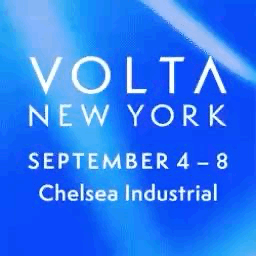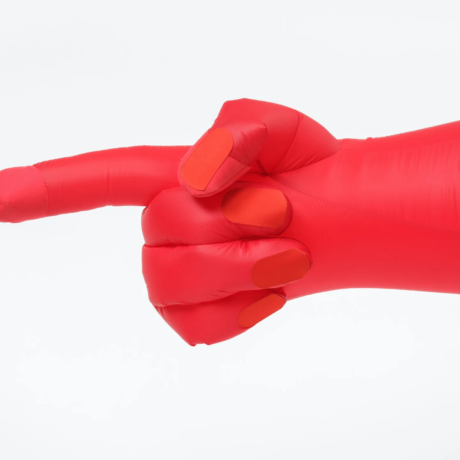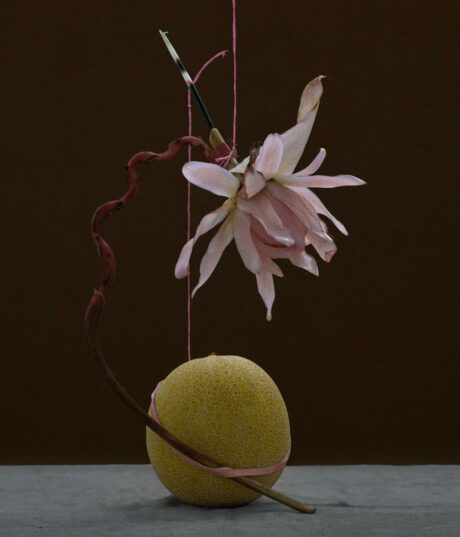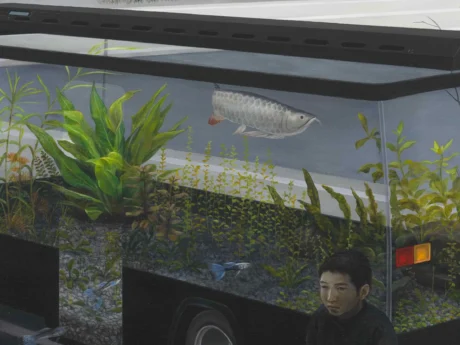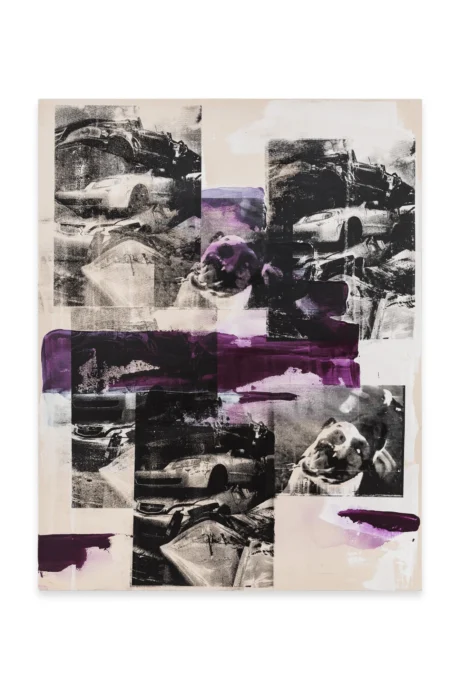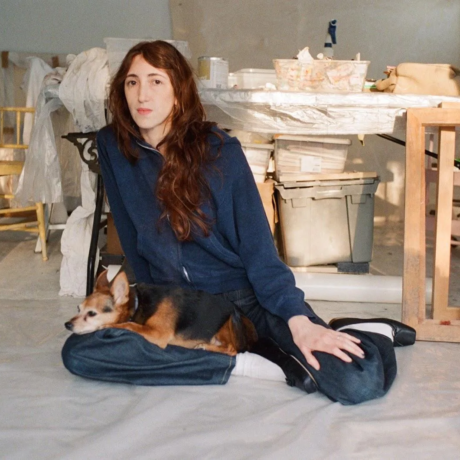The fair’s new director Lee Cavaliere talks about his vision behind a national pavilion inside a fair.
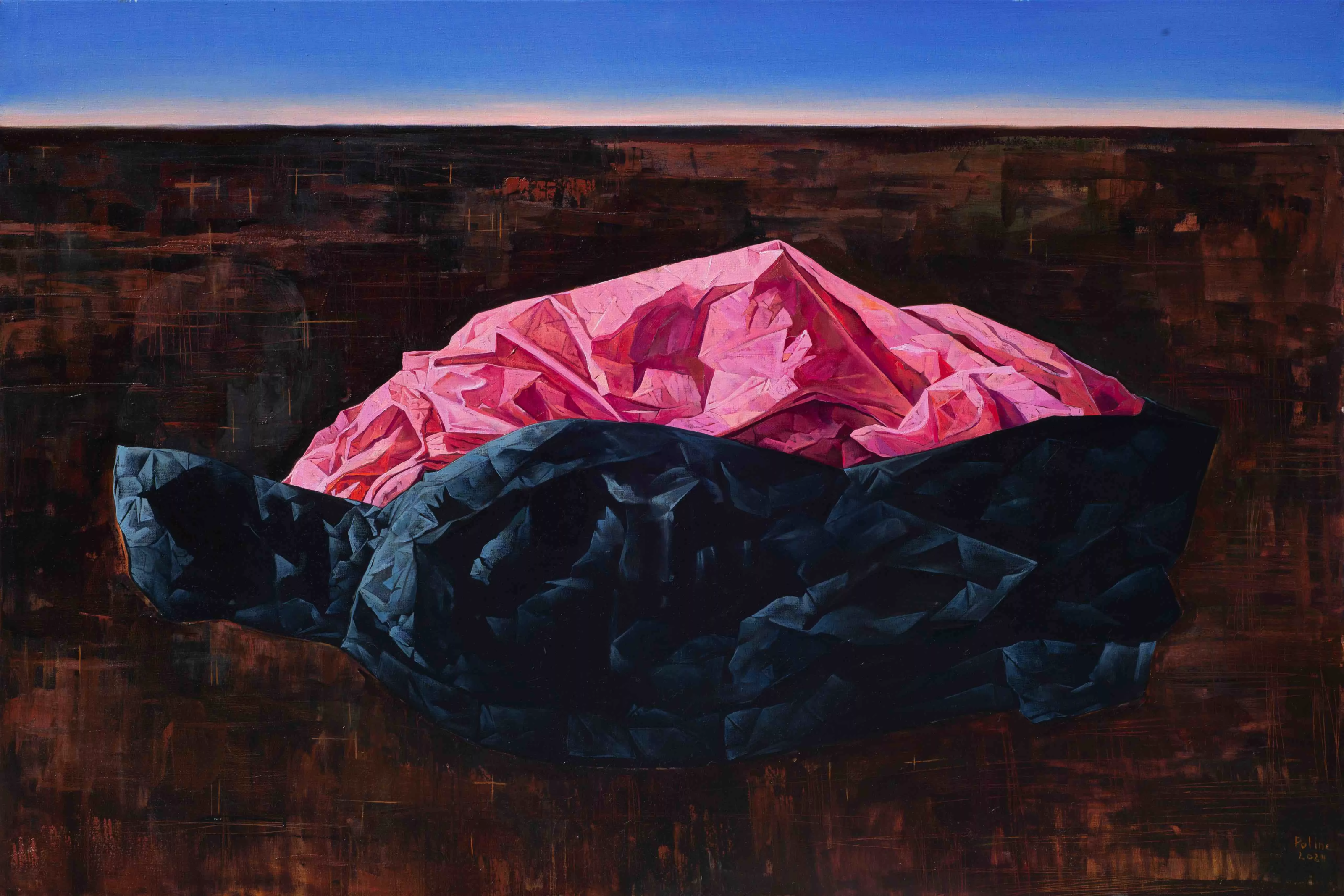
When Lee Cavaliere took over the role of the Artist Director at VOLTA Art Fair last summer, he immediately had his eyes on changing the New York edition’s date from May to September. “We have the Basel fair in June, so the back-to-back schedule felt hectic,” he tells Elephant. But, more importantly, the British curator and advisor felt his Swiss-born fair’s crowd is better aligned with that of the Armory Show which also opens this week. In its new slot on the annual fair calendar, VOLTA opens at Chelsea Industrial with over 45 exhibitors hailing from 18 countries.
The fair’s major accent this year is the Ukrainian Pavilion which hosts a suite of galleries either from the nation under Russian attack or those that present work by Ukrainian artists. Resilience is the running thread among six exhibitors while the medium palette on view ranges from textile to photography and sculpture. Cavaliere landed on the idea of a national pavilion which is first in any major art fair through contemplating on the words “diversity and access.” After observing how often these two expressions “get thrown about quite a lot” in any art conversation, his search to actually practice diversity and access in a commercial setting led to a pavilion. “I wanted to highlight marginalized groups and find a way to ease their access to an international affair,” he says. “And, we all know participating at a fair can be expensive.”
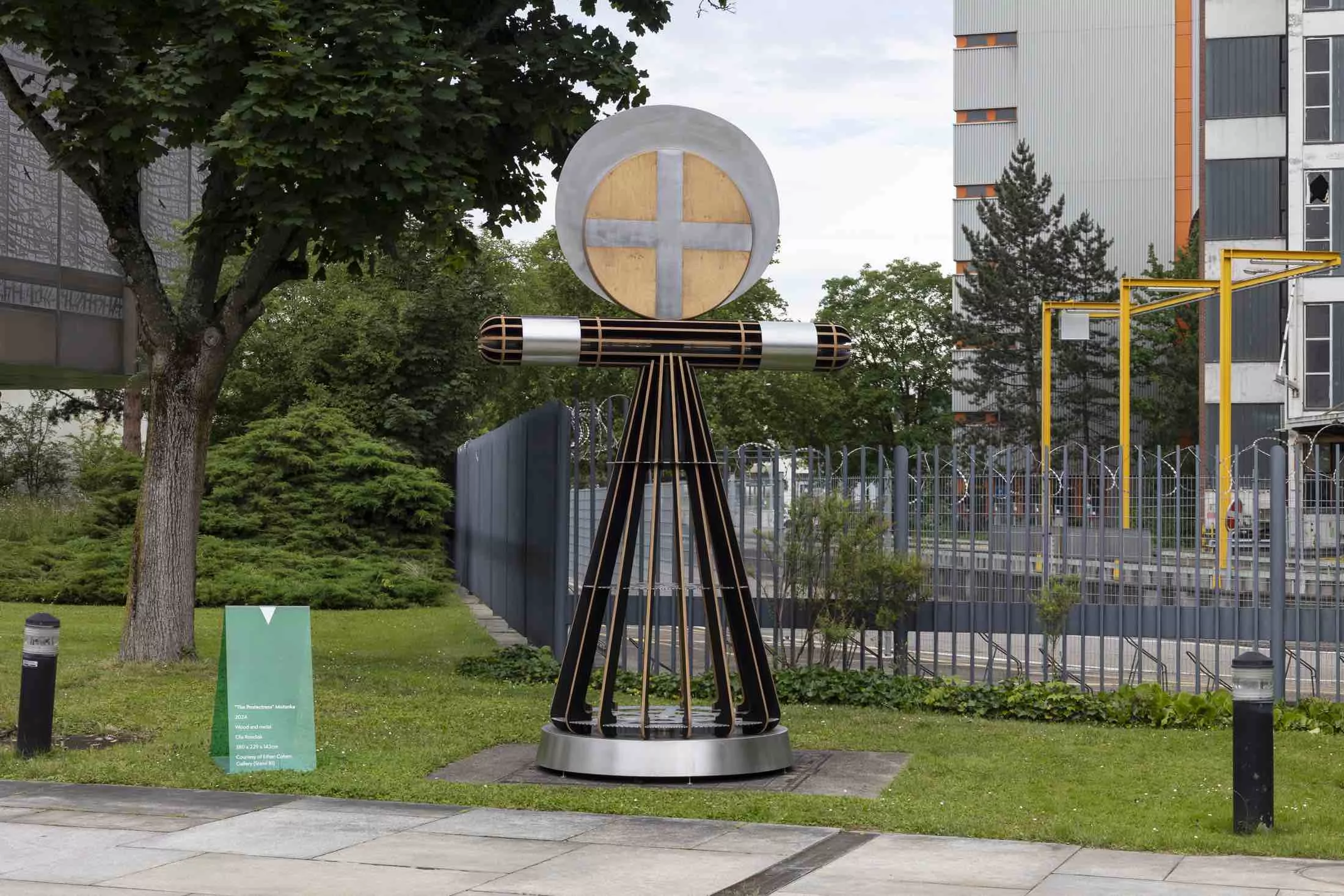
Cavaliere connected with the section’s charitable partner and sponsor the New York-base non-profit Razom through the fair’s advisory board member and artist Ola Rondiak who also presents her textile sculptures, titled Motanka, in the pavilion. The artist’s metal and wood bodily forms reinterpret traditional Ukrainian rag dolls meant for protection against evil sprits, and she debuted an earlier large scale version in June during VOLTA Basel. “These are stories about how artists function during conflict,” adds Cavaliere. “And, this is a question bigger than Ukraine about how artists and also galleries find themselves in difficulty to broadcast their stories.” As a former archeology student, he is aware of that the very first target at a time of conflict is art and architecture. Cavaliere also believes that “museums as well as theaters and concerts help people get through the difficulty, and art has a wider power in how we deal with the world.”
While perseverance lays the foundation of art on display at the pavilion, storytelling, tradition, self-discovery, and joy are intertwined themes. Dmitry Moldovanov’s solo presentation with Lviv-based Ya Gallery features the established artist’s colorful oil on canvas universe in which the soothing familiarity of fables blend with the horrific reality of war. In vibrant hues and cartoonish illustrations, Moldovanov re-writes tales of bravery, cruelty, freedom, and greed with wild animals attempting to prey on humans out on lushly green nature, all while missiles fly in the powdery blue sky.
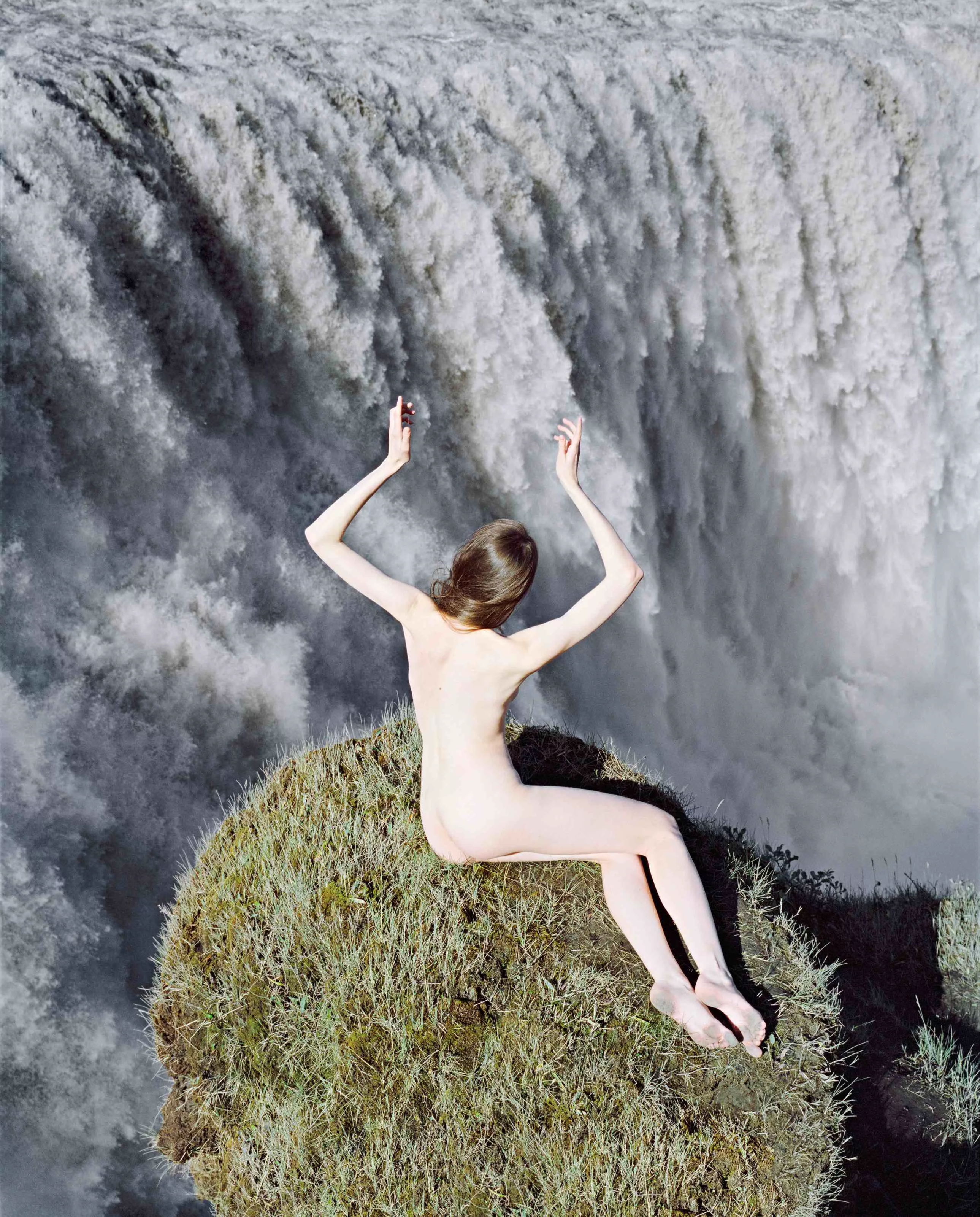
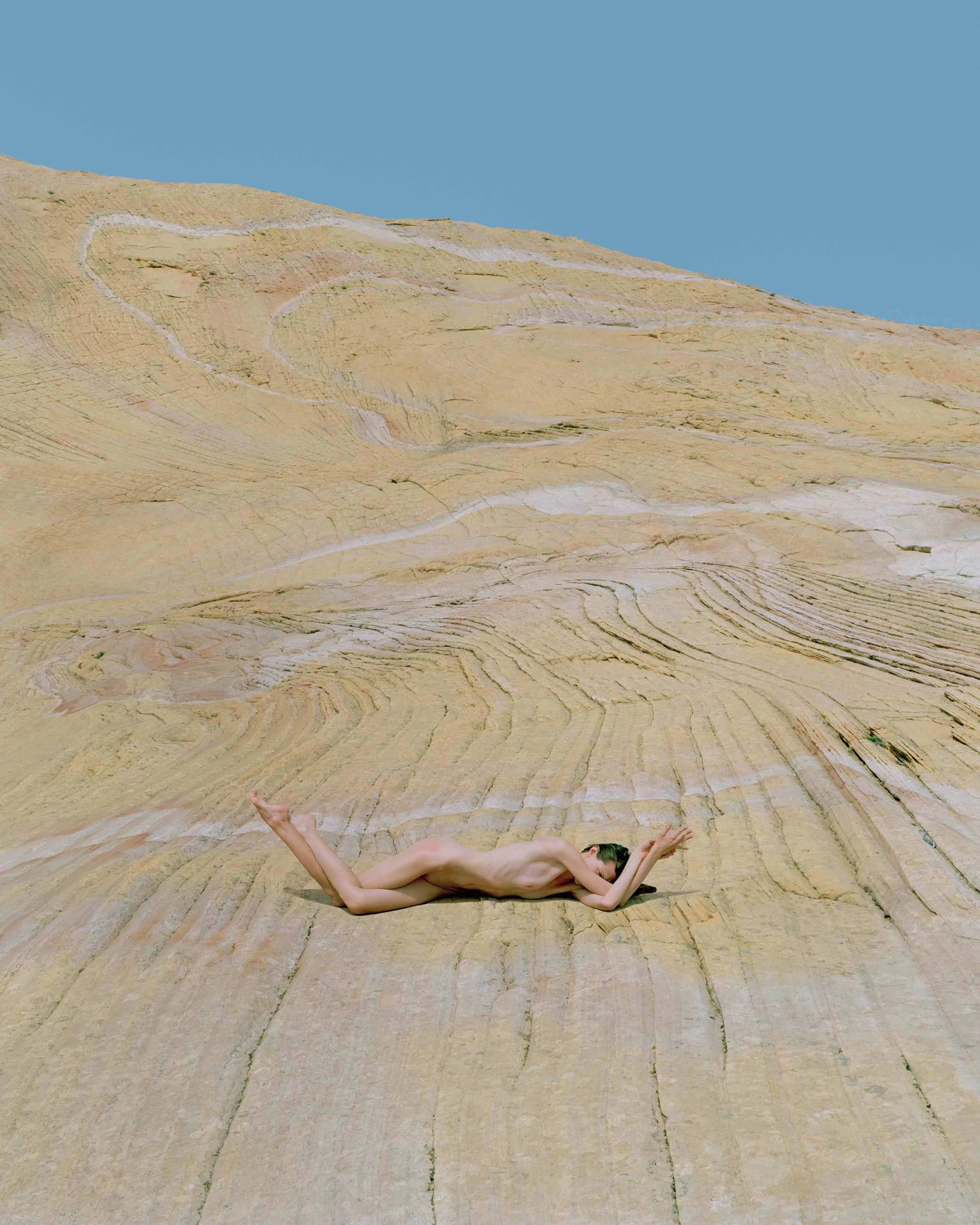
Nature appears in a rather immediate rawness in the inkjet print photographs of Synchrodogs which is composed of Roman Noven and Tania Shcheglova. Kyiv’s Dymchuk Gallery presents the Ukrainian duo’s images of stripped down human figures and equally exposed pieces of nature as an alternative contemplation on war and survival. Bodies stretch on smooth sand or stand on spiky grass with a surreal calmness that feels both alarming and serene in the contemporary context. Each poser either hides their face or holds an aloof expression which elevates the images’ enigmatic essence.
A group display from Kyiv’s established gallery Naked Room mixes geometric textile paintings of Ksenia Bilyk with Kinder Album’s playful ceramic sculptures, as well as work by landscape photographer Sasha Maslov, mixed media sculptor Alina Kleytman, and abstract painter Anton Saenko. Bilyk’s tapestry adopts a loose checker motif while Album’s belt sculpture sits rolled with an effortless mundaneness. A personal subjective connection to the land is shared between Saenko’s earthy command on loose strips of color and Maslow’s image of a traffic controller at a Ukrainian railroad inside a bright green hut.
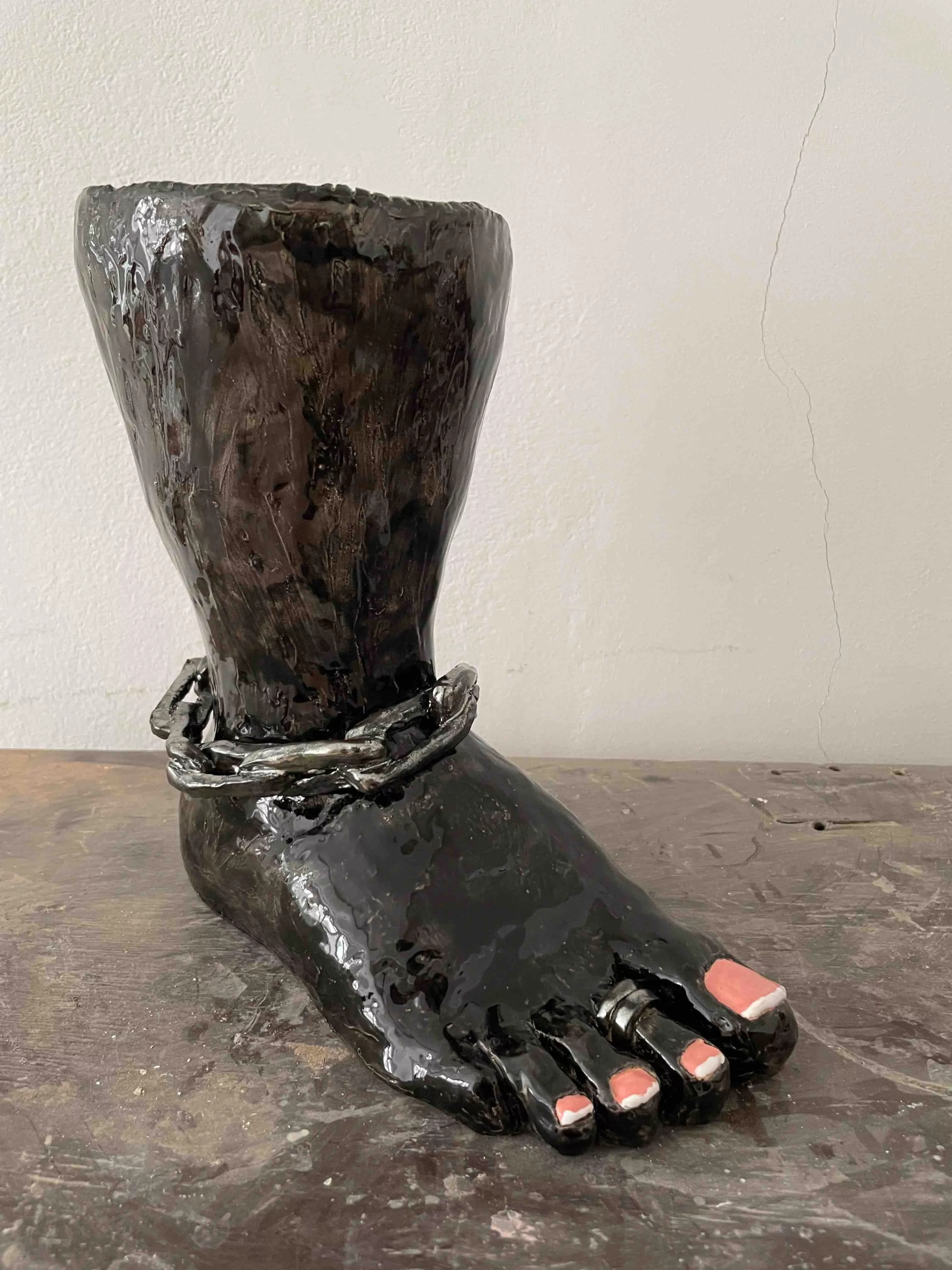
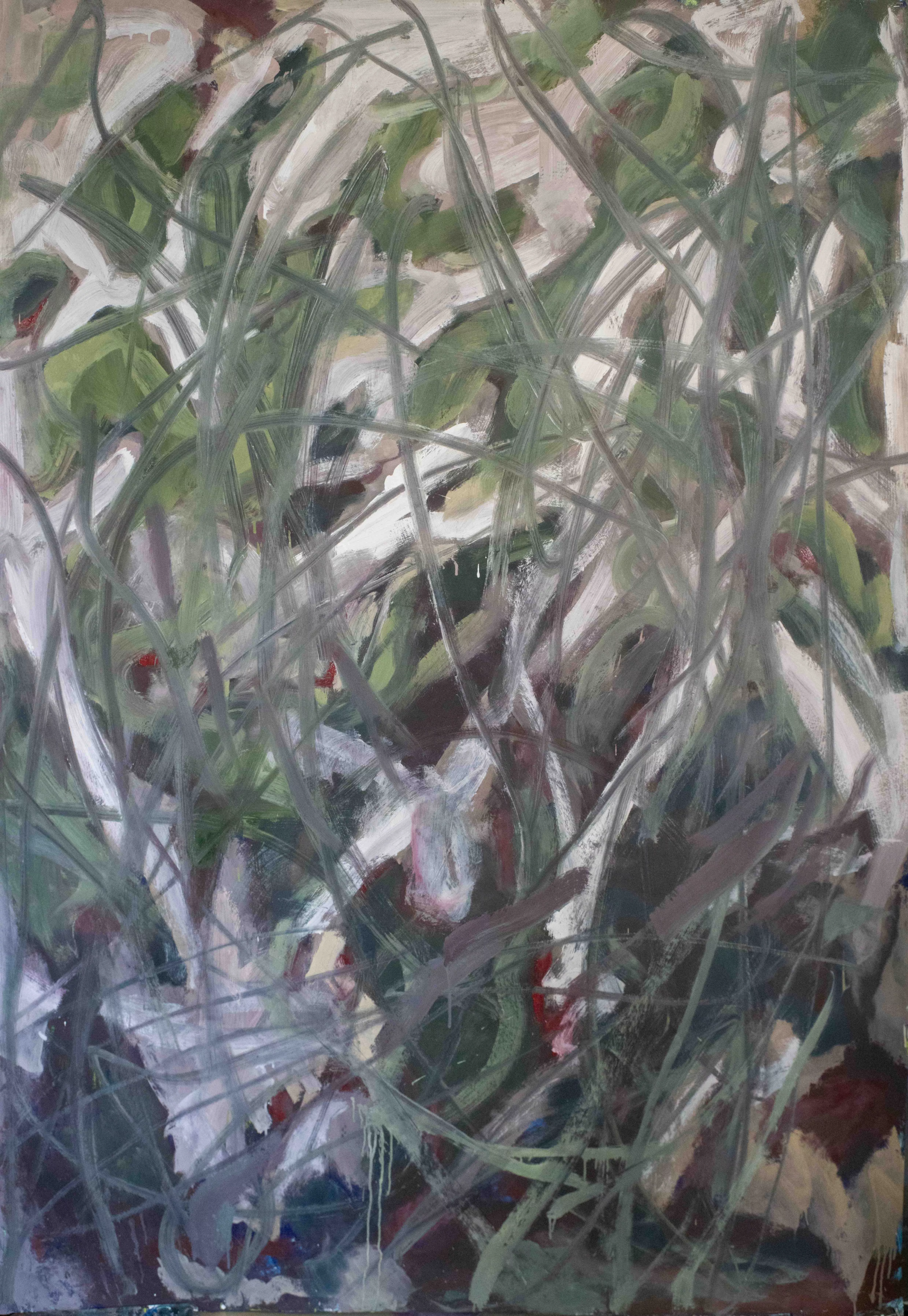
“We are in a different world than we were a year or five years ago,” says Cavaliere. He considers a benefit of running a smaller fair is a “quick adaptability” to urgent changes experienced by the society. “It is important for me to talk about the ways in which art crosses cultural and geographic boundaries.” Another outcome of his effort is the fair’s Town Square initiative which elevates emerging galleries in an egalitarian setting. The idea also salutes Cavaliere’s past in archeology with a nod to public forums in ancient civilizations, such as agoras in Greek cities. “I thought of these central open spaces where people could come together for a debate, discussion or protest,” he says. “No one had ownership over these platforms.” In this section, fairgoers encounter the Uruguayan gallery Invernizzi Art Lab, as well as three New York galleries Cheryl Molnar Projects, Village One Art and FORMAH.
“We have to encourage new galleries to enter the market,” concludes Cavaliere. “Determination is a phenomenal thing to witness among people experiencing any form of catastrophe.”

Written by Osman Can Yerebakan
Volta New York runs until 8 September at Chelsea Industrial
find out more